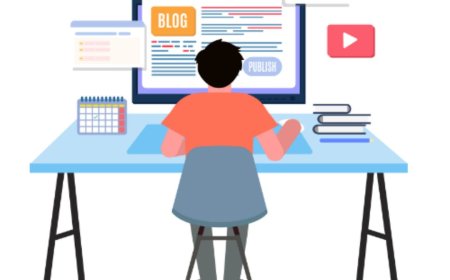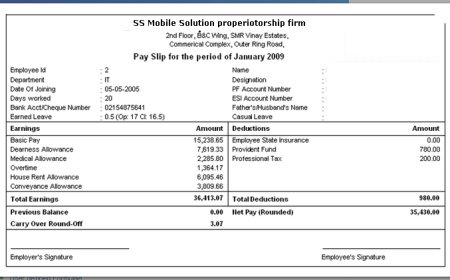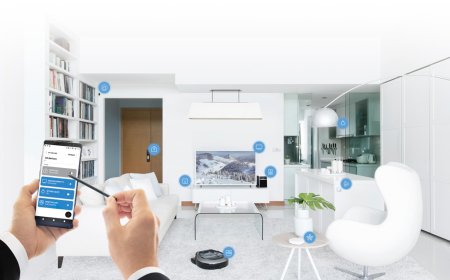Chatbot for Websites: Automate Your Customer Service
Discover how a chatbot for websites can automate your customer service, reduce response times,

Introduction: Why Businesses Are Turning to Chatbots
Customer expectations are higher than ever. People want answers instantly day or night. But having a 24/7 human support team is expensive and hard to scale.Thats where a chatbot for websites comes in.Whether you run an e-commerce store, SaaS business, or service-based site, adding a chatbot is one of the easiest and most affordable ways to automate your customer support.
In this guide, well break down everything you need to know from how chatbots work to their benefits, real-world examples, and top tools you can use.
What Is a Chatbot for Websites?
A chatbot for websites is a software tool embedded on your website that uses AI or rule-based logic to answer customer questions, guide users, and perform tasks like booking or order tracking.
There are 2 main types:
-
Rule-based Chatbots: Use pre-defined flows and menus.
-
AI-powered Chatbots: Use natural language processing (NLP) to understand and respond to user queries.
How a Chatbot Automates Customer Service
A chatbot acts as your first line of support. Here's what it can do automatically:
-
Answer FAQs
-
Handle order status queries
-
Assist in product recommendations
-
Book appointments
-
Collect lead/contact info
-
Route complex queries to live agents
Key Benefits of Using a Chatbot for Websites
Lets look at how automation transforms your customer service:
1. 24/7 Support Without Hiring Night Shifts
Customers from different time zones? No problem. A chatbot never sleeps.
2. Faster Response Times
Chatbots respond in seconds, not minutes. That keeps impatient users engaged.
3. Lower Support Costs
You dont need to hire more agents. A single chatbot can handle thousands of queries a day.
4. Lead Capture & Qualification
Chatbots can ask users qualifying questions and send only hot leads to sales teams.
5. Consistent Answers
Unlike humans, a chatbot wont make mistakes or give incorrect information.
6. Reduced Repetitive Work for Agents
Let bots handle common questions your team focuses on complex issues.
Real-World Use Cases of Chatbots on Websites
E-commerce Website
A customer asks: Wheres my order?
The chatbot instantly pulls tracking info and shares it in the chat.
Healthcare Clinic
Patients can use a chatbot to check availability and book appointments.
Telecom Company
Users ask about data plans. The chatbot recommends based on usage.
Consulting Firm
New visitors get guided through a quiz, and qualified leads are booked for a discovery call.
How to Set Up a Chatbot for Your Website
Heres a basic flow:
-
Choose a chatbot platform: (e.g., BotBrain,Tidio, Botpress, Intercom, ChatGPT API)
-
Define your use case: Support, sales, lead capture, booking, etc.
-
Build chat flows or AI responses
-
Embed the chatbot widget on your site (usually via script)
-
Test across devices
-
Monitor performance and improve
No-code platforms let you launch a bot in under an hour. Developers can use more advanced AI APIs for custom bots.
Top Tools to Create a Chatbot for Websites
Looking to build a chatbot without writing codeor want a custom AI solution? Here are some of the best tools based on your needs and use cases:
|
Tool |
Type |
Best For |
Pricing |
|
Tidio |
No-code |
E-commerce & small businesses |
Free + paid plans |
|
ChatGPT API |
AI-based |
Custom AI chatbots |
Pay-as-you-go |
|
Landbot |
Visual builder |
Interactive forms & lead gen |
Free + paid |
|
Intercom |
Full-stack |
SaaS, enterprise support |
Premium |
|
Drift |
AI + Sales |
B2B lead capture |
Premium |
|
BotBrain |
AI-powered (NLP) |
Personalized chatbot flows, multilingual support, analytics |
Custom plans available |
Challenges & How to Handle Them
Even with all the benefits, here are some things to watch for:
-
Users may want a human ? Always offer an "Escalate to agent" option
-
Poorly designed flows frustrate users ? Keep it simple and test
-
AI may misunderstand ? Train it using FAQs and sample conversations
-
Privacy concerns ? Add a privacy policy link and use secure storage
Best Practices for Chatbot Success
-
Keep responses short and clear
-
Use buttons and quick replies to guide users
-
Personalize with user name/location if possible
-
Collect feedback after the chat
-
Review chat logs weekly to refine flows
Quick Recap: Why Automate with a Chatbot for Websites
-
24/7 customer support
-
Reduce support team load
-
Increase user satisfaction
-
Capture and qualify more leads
-
Scale without scaling your team
Adding a chatbot for websites isnt just a nice-to-have its a necessity in 2025. It boosts efficiency, improves user experience, and helps your business grow without burning out your support team.Start small. Add a bot that answers FAQs and tracks orders. Then expand to booking, recommendations, and full AI-powered support.Customers want quick, accurate answers. A chatbot gives them exactly that.




























